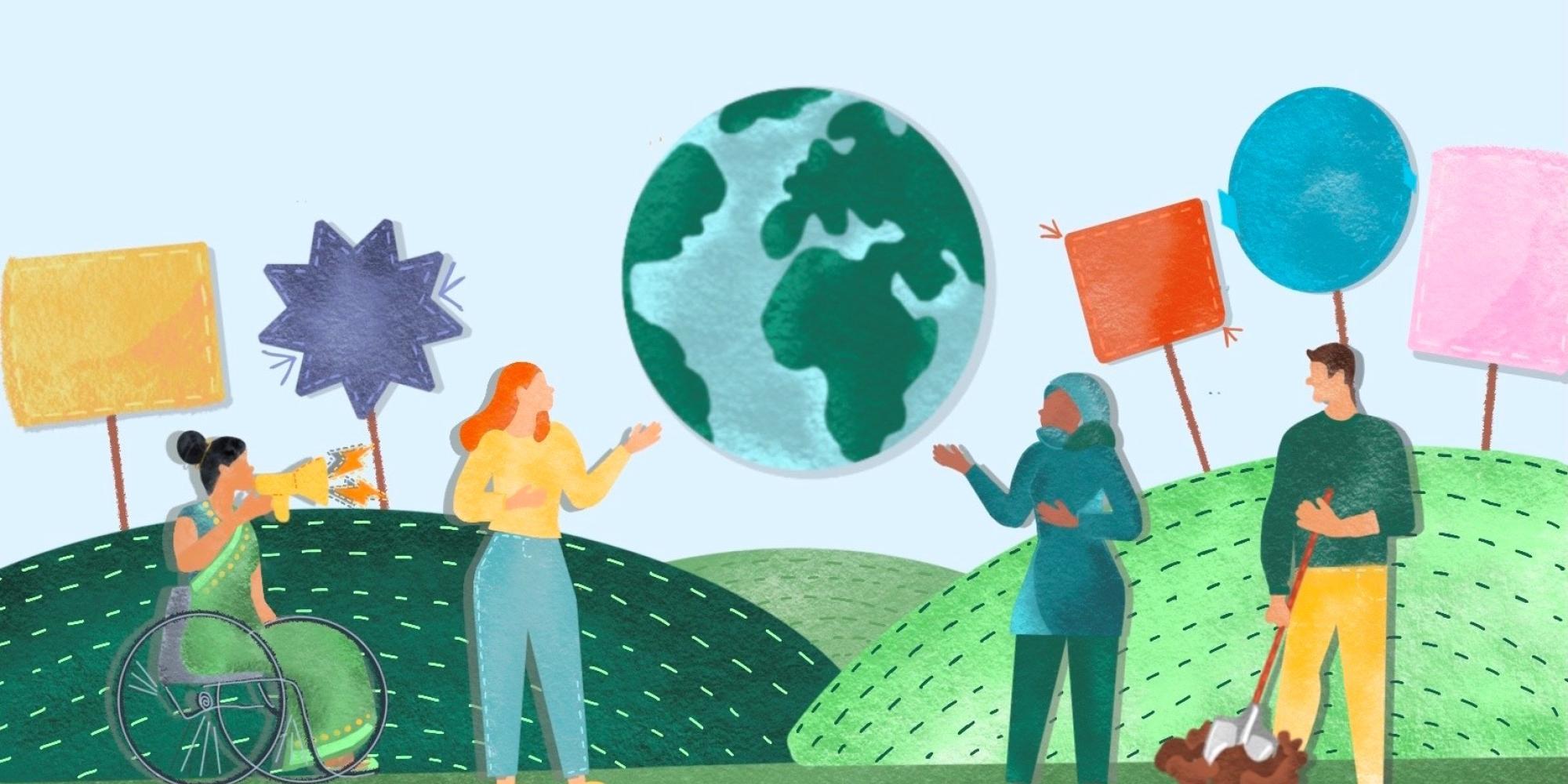Climate Change and Gender-Based Violence
The relationship between climate change and gender-based violence is increasingly evident. A recent study by the UN Spotlight Initiative marks the alarming rise in violence against women and girls due to climate impacts. Extreme weather events, displacement, and economic instability are intensifying existing vulnerabilities. The report indicates that for every 1°C increase in global temperature, intimate partner violence (IPV) rises by approximately 4.7 per cent. Without intervention, millions more women may experience IPV by 2090.
The Link
Climate change exacerbates social and economic stresses. These stresses lead to increased violence against women and girls. Displacement caused by natural disasters heightens the risk of IPV. Women in fragile communities are particularly affected due to existing inequalities. As climate shocks become more frequent, the risk of violence is expected to rise .
Statistics on Gender-Based Violence
Globally, over one billion women have faced physical, sexual, or psychological abuse. Only about seven per cent of survivors report these incidents. In 2023, 93.1 million people were affected by climate-related disasters. An estimated 423 million women experienced IPV that year. The report indicates a 28 per cent increase in femicide rates during heatwaves.
Impact on Marginalised Communities
Women living in poverty, Indigenous women, and those with disabilities face heightened risks. They often lack access to essential services and protections. Projections indicate that intimate partner violence could nearly triple in sub-Saharan Africa if temperatures rise by 4°C. However, limiting warming to 1.5°C could reduce the number of affected women.
Threats to Women Environmental Defenders
Women who advocate for environmental protection face severe risks. In countries like Guatemala and the Philippines, women have been harassed, evicted, or even attacked for opposing harmful practices. This violence puts stress on the intersection of gender and environmental justice.
Urgent Need for Gender-Inclusive Climate Policies
Despite the urgency, only 0.04 per cent of climate-related funding focuses on gender equality. The report calls for integrating gender-based violence prevention into climate policy. Successful examples from various countries show that addressing gender and climate issues together is possible. Initiatives include retraining midwives for sustainable jobs and ensuring disaster response plans include GBV services.
Addressing the Crisis
Effective climate action must prioritise safety and equity. Ending violence against women is crucial for achieving a just and sustainable future. The report emphasises that climate solutions must address rights and justice to be effective.
Month: Current Affairs - April, 2025
Category: Environment Current Affairs







